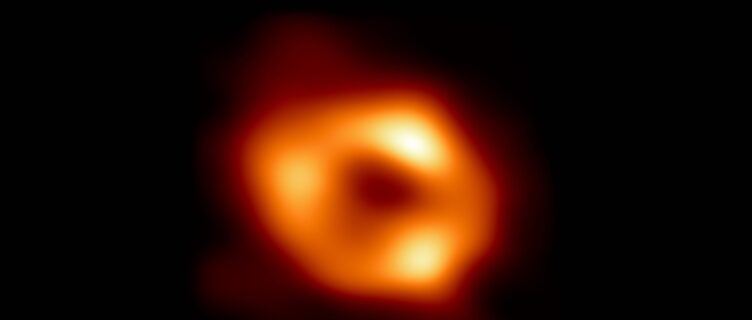The European Research Council (ERC) has announced the awarding of Advanced Grants to outstanding research leaders across Europe, as part of the Horizon Europe programme. The ERC Advanced Grant funding is amongst the most prestigious and competitive EU funding schemes, providing researchers with the opportunity to pursue ambitious, curiosity-driven projects that could lead to major scientific breakthroughs. Two of the awarded projects will use the IRAM facilities for their pioneering research.
PEBBLES by Anaëlle Maury, CEA France
PEBBLES aims to develop an innovative method for characterizing the properties of dust around very young stars in the process of forming their proto-planetary disks. Dust is one of the key elements in the physical processes regulating the formation of stars and their planetary suites, but recent observations are overturning the models used until now to describe its evolution from submicron grains to planet seeds. Observing and modelling the properties of dust grains during the earliest phases of disk formation promises to provide important insights into the conditions leading to the formation of solar systems such as ours. Anaelle Maury’s team will develop new dust models that are better suited to denser astrophysical environments and test them with observations from space missions and ground-based observatories from the infrared to the millimetre range.
Get ready to witness the power of PEBBLES as it taps into the extraordinary capabilities of NOEMA and the wide-field NIKA2 camera at the IRAM 30-meter telescope.

Scenario of star and planetary formation from a dust cloud (Credit: Bill Saxton, NRAO/AUI/NSF).
SUL4LIFE by Asunción Fuente, OAN Spain
Sulphur is the tenth most abundant element in the Universe and is known to play a significant role in biological systems. Moreover, some sulphur compounds have been proposed as necessary catalysts to form amino acids in the interstellar medium. However, while the carbon and oxygen budgets have been extensively studied, sulphur is the only element whose gas-phase abundance is still uncertain by several orders of magnitude, hindering the usage of elemental sulphur abundance as a reliable tool to probe planet formation. This lack of information is due to the scarcity of observations and the still large uncertainties in the sulphur chemical network. SUL4LIFE will take a decisive step to fix our knowledge of the sulphur chemistry by combining an unprecedented database of high quality single-dish and interferometric observations of sulphur-bearing molecules with state-of-the-art chemical models and simulations.
While the awarded IRAM 30-meter large GEMS program has provided a glimpse into the vastness of the sulfur chemistry, SUL4LIFE is determined to push the boundaries further and is set to embark on a groundbreaking journey of discoveries using NOEMA.

Planetary formation: what role does sulphur play? (Credit: NASA/FUSE/Lynette Cook; Asuncion Fuente)
More information
The European Research Council and its Advanced Grants
The PEBBLES project (in French)
The GEMS project
Our latest updates
Explore all the latest news from our research and technology groups and never miss out on important upcoming events.














